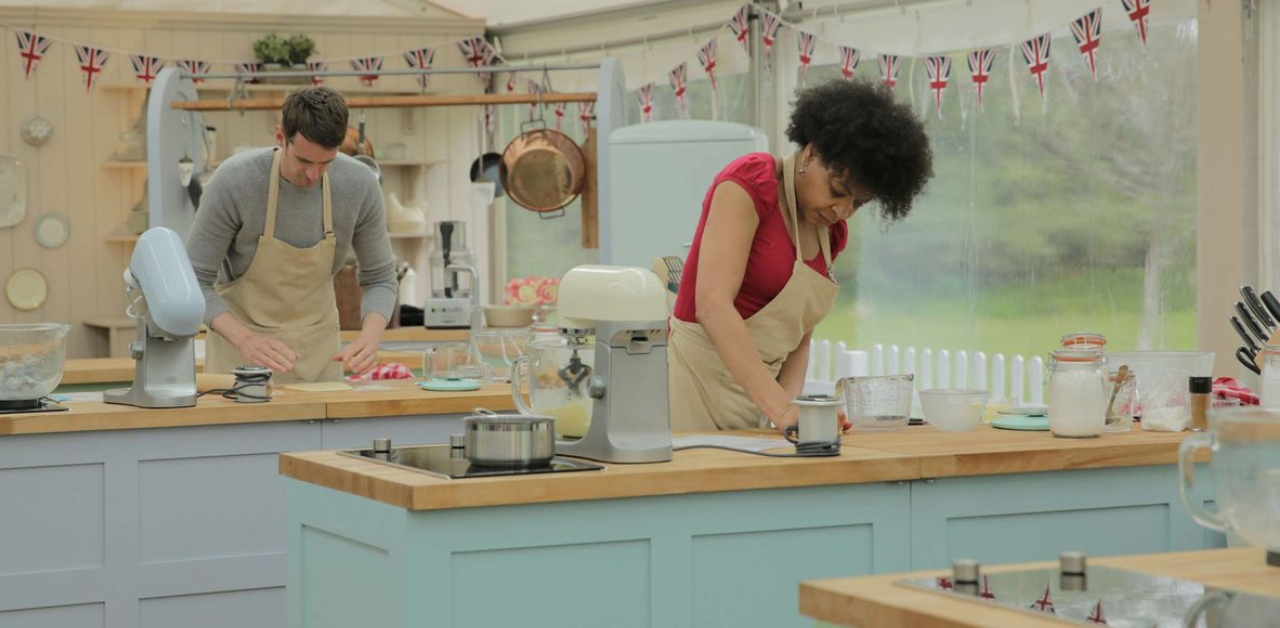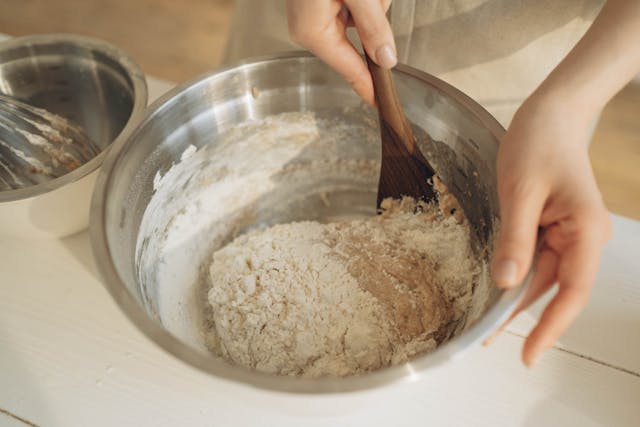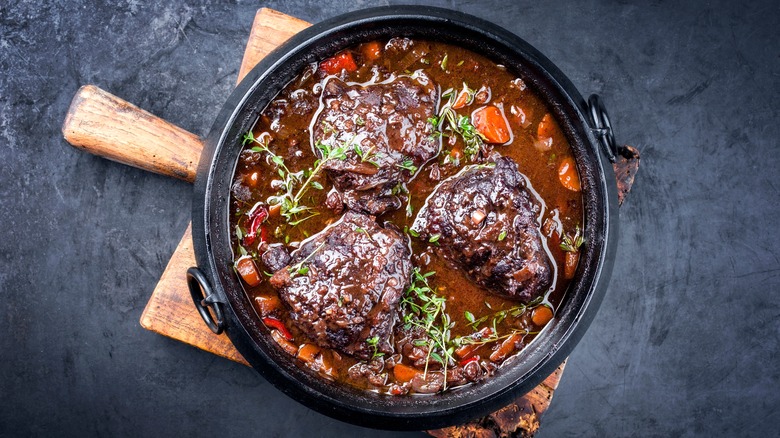10 Essential Cooking Terms Every Home Chef Should Know (2025): Cooking Terminology Explained

Have you ever looked at a recipe and asked yourself, ‘What does it actually mean to “fold in” ingredients or make something “al dente”? You’re not alone! When I began cooking, I had no idea what these terms meant; they might as well have been terms in an unfamiliar language. Having taught hundreds of cooking classes, it is possible to determine the key terms that can turn any novice into a real home chef. Let’s break down these essential cooking techniques in plain English!
1. Mise en Place

Think of “mise en” place as your kitchen battle plan! This French term literally means “putting in place” and refers to having all your ingredients measured, cut, peeled, sliced, and ready to go before you start cooking. It’s the secret to stress-free cooking and professional-level timing.
What it looks like in practice:
- All ingredients are prepped and within reach
- Measuring cups and tools are clean and ready
- Work station is organized and clean
- Recipe is reviewed and understood
2. Sauté

Sautéing is most likely something you do already but do not realize that this is what you are doing. It means to sauté food in a little hot oil in a pan with the help of high flame. The term derives from the French verb ‘sauter,’ meaning ‘to jump’ – in reference to the motion of food in the pan.
Key points for perfect sautéing:
- Use a heavy-bottomed pan
- Heat the pan before adding oil
- Don’t overcrowd the pan
- Keep food moving for even cooking
3. Blanching and Shocking

Blanching is briefly cooking ingredients in boiling water, followed by “shocking” them in ice water to stop the cooking process. This technique is ideal for vegetables if you wish them to be tender crisp and bright in color.
Steps for blanching:
- Bring water to a rolling boil
- Add salt (the water should taste like seawater)
- Cook vegetables briefly (usually 1-3 minutes)
- Transfer immediately to ice water
- Drain once completely cool
4. Al Dente

If you have ever read the inscription on the boxes of pasta products, you must have come across this term. Al dente is an Italian phrase that translates as ‘to the tooth’ referring to pasta (or rice) that is cooked just off done or firm to the bite. No mushy pasta here!
How to test for al dente:
- Cut a piece of pasta in half
- Look for a tiny white dot in the center
- The pasta should be firm but not crunchy
- It should have slight resistance when bitten
5. Folding

Folding is a gentle mixing technique used to combine light, airy ingredients (like whipped cream) with heavier ones without losing volume. Think of it as a gentle dance rather than an aggressive mixing session.
The folding technique:
- Add lighter mixture to heavier mixture
- Cut down through center with spatula
- Scrape bottom and bring up sides
- Rotate bowl quarter turn and repeat
- Continue until just combined
6. Reducing

Reducing is the process of boiling a liquid to evaporate water and concentrate flavors. This technique is very important in making sauces, reducing stock and intensifying some flavors.
Tips for proper reduction:
- Use a wide pan for more surface area
- Maintain a steady simmer
- Watch carefully to prevent over-reduction
- Stir occasionally to prevent scorching
7. Braising

Braising involves preparing food by first browning it at high temperature then simmering it in a liquid. It is especially suitable for preparing hard parts of meat into juicy and tasty meals.
Braising basics:
- Sear meat on all sides
- Add aromatics (onions, carrots, celery)
- Add liquid halfway up the meat
- Cover and cook low and slow
8. Deglazing

Deglazing is the process of pouring a liquid to a hot pan with the intention of dissolving the dark brown sticky substance that is formed at the bottom of the pan containing spices and other forms of flavoring. These browned bits are worth pure gold when preparing the food!
How to deglaze:
- Remove cooked items from pan
- Add liquid (wine, stock, or water)
- Scrape bottom while liquid simmers
- Reduce to desired consistency
9. Resting

Resting refers to letting meat sit after cooking and before cutting. This makes it possible for juices to re-distribute in the meats rather than to run out when sliced.
Resting guidelines:
- 5-10 minutes for small cuts
- 15-20 minutes for large roasts
- Tent loosely with foil to keep warm
- Temperature will rise 5-10 degrees during rest
10. Sweating

Sweating means cooking vegetables over low heat until they release moisture and soften without browning. This technique develops taste while maintaining the vegetables to be crunchy yet clear.
Keys to sweating:
- Use low heat
- Add a pinch of salt
- Cook with lid partially on
- Look for vegetables to become translucent
Conclusion
Understanding these 15 essential cooking terms will not only help you follow recipes with confidence but also make you a more intuitive cook. Remember, cooking is both a science and an art – knowing the terminology is your first step to mastering both aspects. Start incorporating these techniques into your cooking, and you’ll notice an immediate improvement in your results.
Ready to put these terms into practice? Start with simple recipes that use one or two techniques, then gradually work your way up to more complex dishes. Before you know it, you’ll be cooking like a pro!
